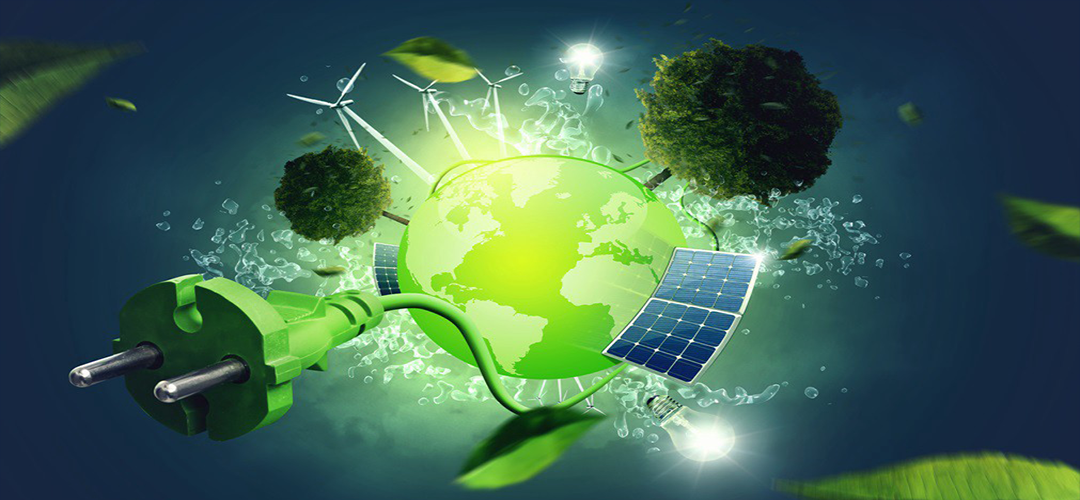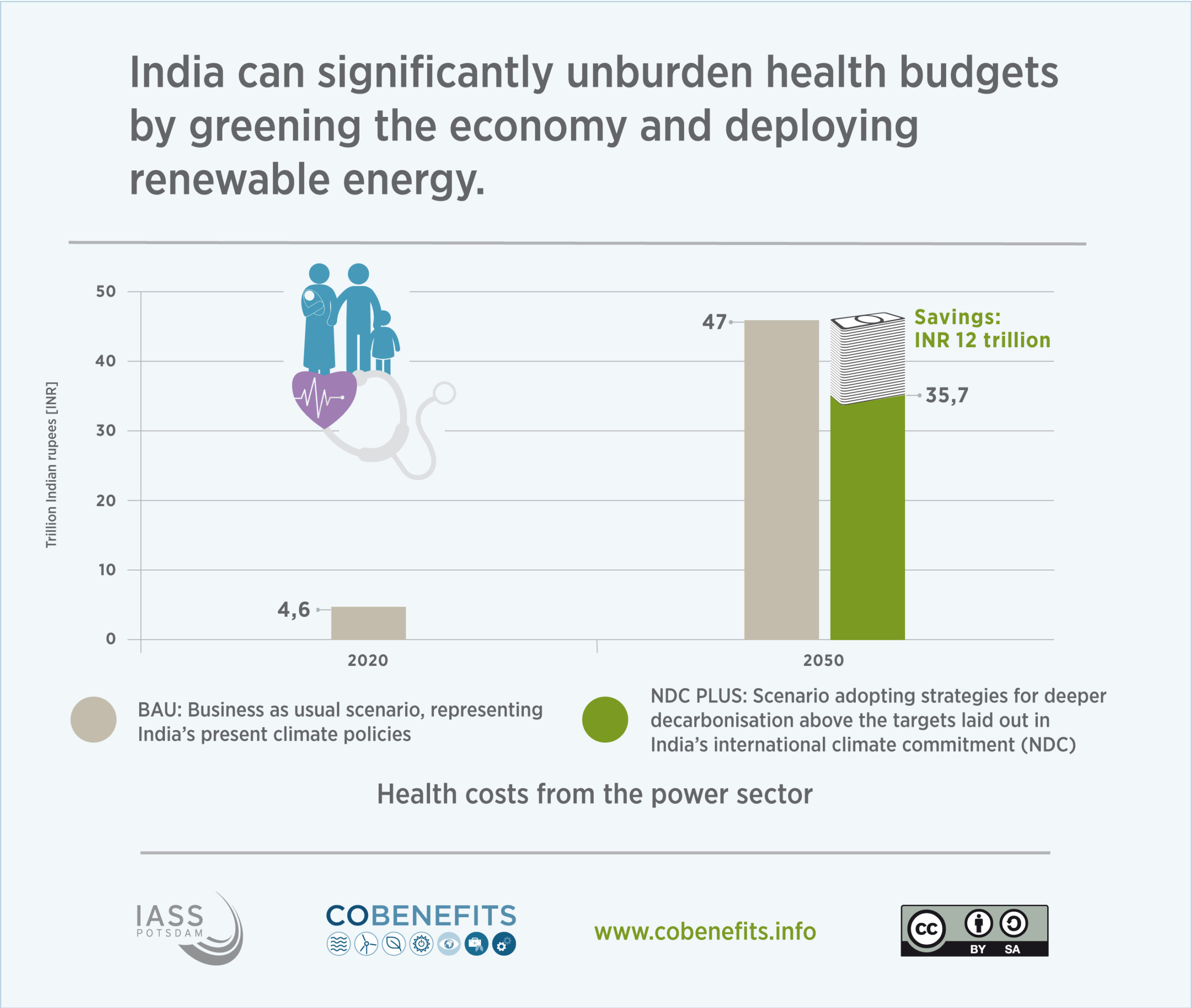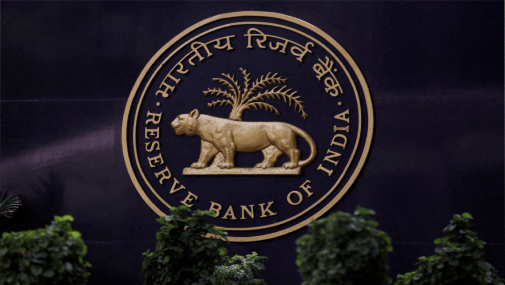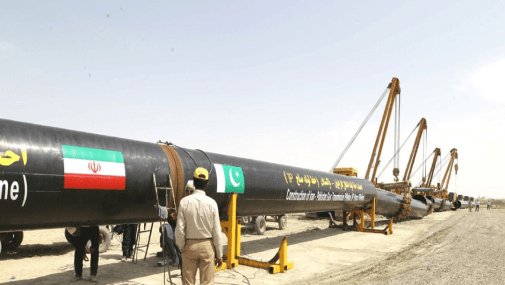India’s Green Energy Policy-a New Direction?
March 4, 2023 | Expert Insights

While much has been spoken, and a lot more written, on climate change, few concrete actions have actually emerged in the last few years. Yes, agreements have been made and commitments shared, but action on the ground remains desultory.
If it can convert its budgetary proposals to action on the ground, India could be the catalyst to inspire the global community to take the fight against climate change to its logical conclusion, whatever it takes.
Background
India has played an active part in the last few international climate summits, contributing ideas and strategies, many of which it has volunteered to adapt. At the same time, it has been vocal in voicing the concerns of the Global South, which is the biggest victim of climate events, while not being the main preparator of the climate chaos.
Green energy policy has been present in earlier Indian budgets in one way or another. But this is the first time that the annual budget's main focus has been on India's green energy transition. The government has taken certain key initiatives to advance the country’s green agenda. It has set clear targets on when it seeks to achieve its climate goals and how it is going to go about it. The economic side of India’s green energy story has been given special attention.
The government has set two types of goals in this budget. The long-term targets estimate when the country can expect to wean completely from fossil fuel and achieve net zero emissions. The short-term targets include how green energy will play a greater role in the Indian economy, with the public and private sectors being equal partners in this transition.
Responsible governments must acknowledge that economic development and climate-friendly policies are not mutually exclusive. The focus of the current budget amply highlights this acceptance by Indian policymakers. For future well-being and survival, the way ahead is sustainable development and not merely concentrating on achieving higher economic metrics.
More capital will be invested to create the necessary infrastructure, which will help in India's green energy transition. Market mechanisms will be used to ensure that green business practices spread deeper into society. Renewable energy has been highlighted in this budget. This includes wind and solar energy. But for these energy systems to become widespread, a proper storage capacity has to be in place, among other things. This problem has been addressed in the budget by emphasising the production of solar voltaic cells and electric batteries.

Analysis
This budget is a timely move to accept that climate change is an existential threat to India. It is not something that the country can afford to deal with later on. The change comes not too soon in light of the increasing number of climate-induced natural disasters that struck the nation last year, ranging from cyclones, floods, excessive temperatures and erratic rainfall patterns that do not correspond to historically accepted templates.
The threat from climate change comes to India from two fronts. First, the country has to make the stark choice between economic development and protecting its environment. The second is a more direct impact that climate change will have by disrupting agricultural activities and causing mass dislocations. In both cases, India's growth story will be halted, and economic inequality within the country will rise.
This is easily said than done and will call for sacrifices. The sad reality is that coal and oil still make up a large proportion of India’s energy mix. Large parts of the country still depend on these two energy resources to foster development activities in their area. This is not going to change in the near future. The country has not yet reached that stage of economic development where people can afford green energy on their own. The abundant coal resources within India still offer the best prospects of creating industry in the backward regions. Their replacement will need vast investments, which will have to be shouldered by taxpayers.
The necessary infrastructure for green technology is being built. But this will have a long gestation period like any other economic infrastructure. The effects of huge investments in research and development on green technology will not be evident immediately.
One does not have to go very far to observe the impact of the climate crisis in India. Increasing heat waves during the summer months and devastating monsoon flooding have affected the country's economy through lowered agricultural production. These are the events that the country has to learn to live with for quite some time to come. But it is possible that the steps that have been announced and that have been taken will reduce their effects in the future. India has the potential to become a green energy superpower. But there will be many hurdles along the way.
Assessment
- The green agenda in this budget is a timely step. But it is only the first step in a far larger programme. The government alone cannot solve the climate problem in India, and civil society and the private sector need to step up. Academia, too, needs to come into the picture by offering a more critical analysis of the climate issues that this country faces and how to solve them.
- The implementation process will determine how much is really feasible. The availability of resources for the green transition process is not the problem, but their allocation is. Wind and solar energy offer a major way forward for India in its green energy transition.
- However, the issue of subsidies to fossil fuels needs to go away at some point in time, sooner than later. These will need to subsidise renewables if the green transition has to be made a reality.








Comments